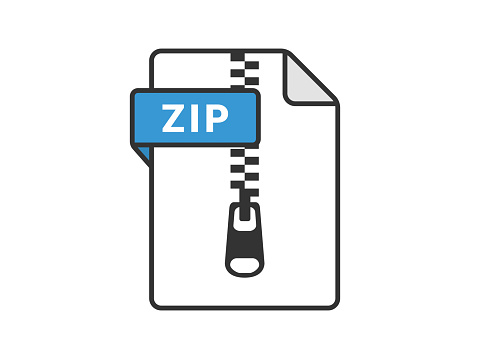Description
1. Note:
This assignment needs to be done by using the Azure Cloud Platform. In this assignment,
you will be working with Azure Data Factory, Azure SQL DB, Blob storage account and
ADLS Gen2.
Submit a compressed archive (zip, tar, etc.) of your code, along with screenshots
(output/input commands with results). Please include a pdf document with answers to the
questions below.
For Part A: Please submit all screenshots showing deployed resources in your Azure portal,
Azure Blob Storage, Azure Data Factory, ADLS Gen 2 and Azure SQL DB including your
account information at the top right corner of the webpage. Include the successful pipeline
runs screenshots with triggers.
For Part B: Please submit all screenshots showing deployed resources in your Azure portal,
Azure SQL DB and Query Editor screenshots where you run your code with output.
Contact your TA for any questions related to this assignment or post clarification questions
to the Piazza platform.
Part A:
1. [Marks: 5] Create a resource group in your Azure portal and deploy three resources.
Azure Data Factory, Azure SQL DB and Blob storage account.
2. [Marks: 15] Now create a pipeline in Azure Data Factory and copy
gender_jobs_data.csv file from the Blob storage account to Azure SQL DB. (First copy
this file from your local machine to Blob Storage). See this
https://docs.microsoft.com/en-us/azure/data-factory/tutorial-copy-data-portal for
reference.
3. [Marks: 10] Explain the different types of triggers available in ADF. Now create a
schedule trigger and run your pipeline every 3 minutes. Show 5 successful runs.
4. [Marks: 20] A client needs to replicate objects from ADLS Gen 2 in Canada Central
to ADLS Gen 2 in West Europe. Let’s say they want to do this in a bi-directional
way. How can you set this up?
[Hint: This probably can be done using Azure Data Factory and Event Triggers. For
eg; every time there is a new Blob on one side, it needs to be replicated on the other
one]
PART B:
In this part, you will use Query Editor in Azure SQL DB and use the gender_jobs_data.csv table
to perform the below queries.
Data input
For part B implementation, use the same table that is provided to you.
• Gender_jobs_data.csv
Implementation
You need to use Azure SQL Database for this part.
1. [Marks:5] In the gender_jobs_data table – Filter all the OCCUPATIONS in
MAJOR_CATEGORY of Computer, Engineering, and Science for the YEAR 2013
2. [Marks:5] In the gender_jobs_data table – How many OCCUPATIONS exist in the
MINOR_CATEGORY of Business and Financial Operations overall?
3. [Marks:5] In the gender_jobs_data table – Get all relevant information for bus drivers
across all years
4. [Marks:5] In the gender_jobs_data table – Summarize the total number of
WORKERS_FEMALE in the MAJOR_CATEGORY of Management, Business, and
Financial by each year.
5. [Marks:5] In the gender_jobs_data table – What were the total earnings of male
(TOTAL_EARNINGS_MALE) employees in the Service MAJOR_CATEGORY for the
year 2015?
6. [Marks:5] In the gender_jobs_data table – How many female workers were in management
roles in the year 2015?
7. [Marks:5] In the gender_jobs_data table – Compare the TOTAL_EARNINGS_MALE and
TOTAL_EARNINGS_FEMALE earnings irrespective of occupation by each year
8. [Marks:5] In the gender_jobs_data table – How much money
(TOTAL_EARNINGS_FEMALE) did female workers make as engineers in 2016?
9. [Marks:10] What is the total number of full-time and part-time female workers versus male
workers year over year?



